About this book: Temperate Food Forests
The primary objective of Plants For A Future (PFAF) is to maintain and improve our free on-line database of information on edible and useful plants, especially perennials. In recent years, in response to the global environmental crisis and increasing interest in alternatives to intensive industrialised agriculture and commercial plantations, we have extended the database to include more plants likely to be used in community and small-scale food forests, carbon farming, and carbon sequestration projects.
Plants For Your Food Forest has drawn on this development work. It is intended as an easy-to-use guide to choosing plants to meet your own objectives, to fulfil your own food forest design. There is an increasing number of books about food forests, woodland gardening and carbon farming, but most concentrate on design principles and concepts. The focus here is on the plants, their characteristics and personalities, what they have to offer a food forest ecosystem, and what kinds of foods they can provide. The plants in this book are mainly suitable for temperate conditions; we plan to produce another book on food forest plants for warmer climates.
We have selected over 500 plants that provide a mix of different growing conditions, plant size and structure, type of food, and contribution to a food forest ecosystem. There is also a quick-reference table of the key characteristics. The featured plants are arranged in sections corresponding to Forest Layer: Shrubs, Groundcover Shrubs, Trees, Herbaceous Plants, Herbaceous Groundcover Plants, Running Bamboos, Bulbs, Climbers.
Taller canopy trees can provide shelter from wind and strong sun as well as having edible seeds, leaves or fruit. Smaller trees such as apples, pears and plums are usually selected for their larger fruit crops. In food forests shrubs occupy the highly productive layer between the canopy and the ground. Groundcover plants protect the soil from erosion and water loss, prevent weed germination, insulate the soil from extreme temperatures, can benefit other plants, and as a living mulch build up humus levels in the soil. Groundcovers also provide habitats and cover for animals, beneficial insects and other useful predators. The edible herbaceous layer consists of non-woody plants usually dying back in winter and includes vegetables, flowers, herbs, cover crops, mulch producers and soil-building plants. Climbing or trailing woody-stemmed plants grow through the other food forest layers, and can provide support for other plants, as well as other benefits such as attracting beneficial wildlife or repelling pests. The best edible bamboo shoots in temperate zones come from running bamboos; they spread mainly through their roots and rhizomes and can become invasive, but with careful plant choice and positioning, make an excellent addition to a forest garden.
For more information on the books, please visit the pfaf.org website
- Plants for Your Food Forest: 500 Plants for Temperate Food Forests and Permaculture Gardens.
- Edible Shrubs: 70+ Top Shrubs.
- Edible Trees: 50 Top Trees From Plants For A Future
- Edible Perennials: 50 Top Perennials.
- Edible Plants: An inspirational guide to choosing and growing unusual edible plants
- Woodland Gardening: Designing a low-maintenance, sustainable edible woodland garden with fruit and nut trees, shrubs, herbs, vines and perennial vegetables.
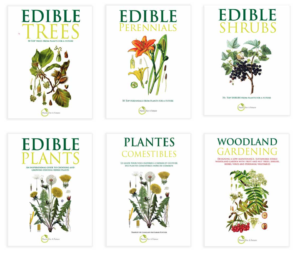


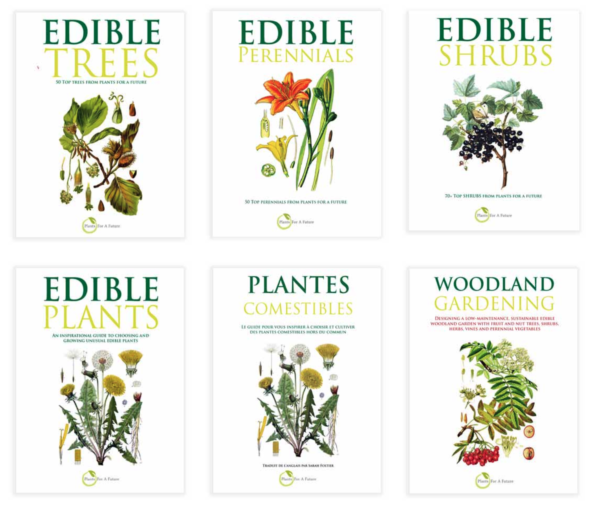
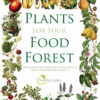

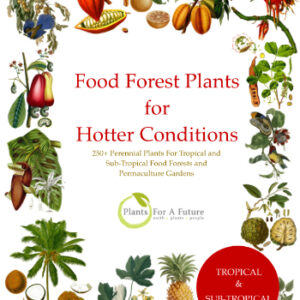
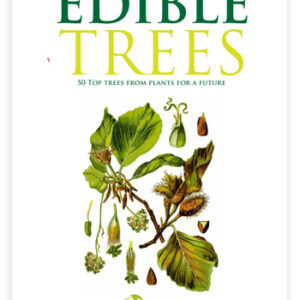
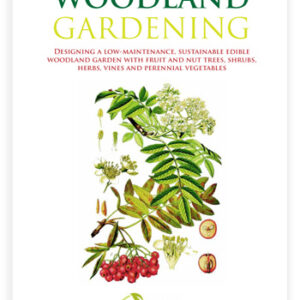
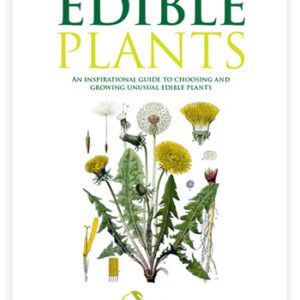
Reviews
There are no reviews yet.